




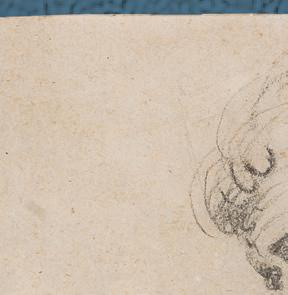









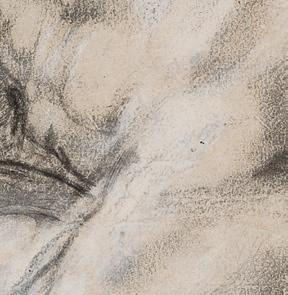







































A Critical Catalogue Volume Two | 1609–1620
Anne-Marie Logan and Kristin Lohse Belkin
PART ONE: TEXT
Introduction to the Catalogue 6
Acknowledgments 7
Peter Paul Rubens (1577–1640): Timeline 1609–1620 8
Catalogue Entries 12
PART TWO: PLATES
Catalogue Illustrations 6
Bibliography 347
Exhibitions 375
List of Illustrations 382
Index of Names 392
Photographic Credits 398

Pen and brown ink and brown wash, heightened with white, partly oxidized, corrected with white over traces of black chalk, 114 × 100 mm. Annotated in black chalk at bottom right: 19 Edinburgh, National Galleries of Scotland. Inv. no. d.1695.
date c. 1605–06
provenance Pierre-Jean Mariette (1694–1774), Paris (l 2097); his sale, Paris, P.-F. Basan, November 15, 1775–January 30, 1776, lot 1004: “Quatre petits Sujets de la Vie de Saint Ignace, trèsSpirituellement dessinés à la Plume & au bistre”; possibly Van Puten (d. c. 1829), Paris (l 2058) (not in sale Paris, Duchesne, December 14–15, 1829); David Laing (1793–1878), Edinburgh; David Laing bequest to the Royal Scottish Academy, 1878; transferred to the Scottish National Gallery, 1910.
copy Engraving in reverse attributed to JeanBaptiste Barbé (Fig. 262a), c. 147 × 97 mm, in: Vita Beati P. Ignatii Loiolae Societatis Iesu Fundatoris, Rome, 1609, pl. 64. Exhibited: Rome 1990, no. 104, ill.; Munich 1997, no. 34, ill.; Edinburgh 2016, no. 17B, ill. in color. Literature [literature up to Hollstein listed under Cat. 205]: Held 1972, pp. 110–13, fig. 52; König-Nordhoff 1976, pp. 306–17, fig. 7; Rowlands 1977, p. 38, no. 28, ill.; KönigNordhoff 1982, p. 303, fig. 347; Held 1986, p. 84, under no. 44; Lucas 1990, p. 172, no. 104, ill.; Huvenne 1997, pp. 162–67, ill. 45; Baumstark 1997,
pp. 324–25, no. 34, ill.; O’Malley – Walsh 2008, Facsimile, pl. 64; Seifert 2016, p. 52, no. 17B, ill. in color.
exhibited London 1977, no. 27, ill.; Edinburgh, From Brueghel to Rubens: Flemish Drawings from the National Gallery of Scotland, 1993 (no publication); Munich 1997, no. 35, ill. in color; Edinburgh 2016, no. 17a, ill. in color (as attributed to Rubens).
literature Mariette 1851–60, Iv, p. 103 (Canonization of a saint); Held 1974, p. 249–50, pl. 26b; König-Nordhoff 1976, pp 306–17, fig. 5 (Rubens ?); Rowlands 1977, p. 37, no. 27, ill.; Judson – Van de Velde 1978, I, p. 44, note 17; Renger 1980, p. 431; König-Nordhoff 1982, pp. 279–80 and 301–05, fig. 346; Held 1984, pp. 50–53; Brinkman 1984, p. 702; Andrews 1985, I, p. 70; II, p. 116, fig. 466; Held 1986, p. 84, under no. 44; Logan 1987, p. 70; P. Huvenne, in: Delmarcel et al. 1997, pp. 181–82, under no. 21a, ill. 53; Baumstark 1997, pp. 325–26, no. 35, ill. in color; O’Malley – Bailey 2003, p. 10, fig. 1.10, pp. 208–11, ill. in color; Seifert 2016, pp. 52–53, no. 17a, ill. in color (attributed to Rubens); Rutgers 2019, p. 112, note 1 (not Rubens).
This is Rubens’s design for the engraving in reverse in the Vita Beati P. Ignatii, Rome, 1609, Plate 64.1 A white area around the saint’s head is suggesting a halo, more fully realized in the print (Fig. 262a). Rubens took account of the reversal of the composition in the engraving by showing the pope blessing with his left hand. The drawing is one of initially three designs in the collection of Pierre-Jean Mariette before he purchased a fourth sheet from Pierre Crozat (see the Introduction above). It is one of only two drawings known today which Rubens executed for the book.
After Julius Held, who discovered the only other surviving design for the Vita Ignatii among the anonymous Flemish drawings in the Louvre (Cat. 209), dated the latter and by inference the present drawing to c. 1608–09, Ursula König-Nordhoff found evidence that preparations for the book took place as early as 1605–06 (see the Introduction above). Based on this evidence, Held changed his dating in later publications to c. 1606–08 with the reservation that not all the work may have been finished by 1606 given the large number of illustrations.2 The date of Rubens’s participation thus coincides with the time when he was ending his work for the Jesuit churches of the Gonzaga in Mantua and Genoa (Volume I , Text, pp. 172–74, and Cat. I:121, 122, 155 and 157). This time span furthermore eliminates Cornelis Galle I who previously had been suggested as engraver, since by then he had left Rome for Antwerp; instead König-Nordhoff suggests Jean-Baptiste Barbé (1578–1649), an engraver from Antwerp who spent some time in Italy. This is generally accepted now (see the Introduction above).
It should be noted that Rubens’s authorship of the present drawing and the one in Paris (Cat. 209) is rejected by Jaco Rutgers, based on the fact that Seifert published the drawing

Pen and brown ink and brown wash over black chalk, traced for transfer, 114 × 98 mm. Old annotation on mount in pen and brown ink at bottom left: Corn. Poelenbourg. Paris, Musée du Louvre, Département des Arts Graphiques. Inv. no. 22.239.
date c. 1605–06
provenance Pierre Crozat (1665–1740), Paris (l. 2952); Pierre-Jean Mariette (1694–1774), Paris (l. 1852); his sale, Paris, P.-F. Basan, November 15, 1775–January 30, 1776, no. 1004 (“Quatre petits Sujets de la Vie de Saint Ignace, très - Spirituellement dessinés à la Plume & au bistre”) (?); Charles-François, marquis de Calvière (1693–1777), Paris; his sale, Paris, May 5 et seq., 1779, no. 305–5 (as Poelenburgh); Charles-Paul-Jean-Baptiste de Bourgevin Vialart, comte de Saint-Morys (1743–1795), Paris; confiscated as émigré property in 1793; Musée du Louvre, Paris.
copy Engraving in reverse, attributed to JeanBaptiste Barbé (Fig. 265a), c. 147 × 97 mm, in: Vita
Beati P. Ignatii Loiolae Societatis Iesu Fundatoris, Rome, 1609, pl. 68. Literature: Held 1972, pp. 96–97, fig. 45; König-Nordhoff 1976, pp. 306–17, fig. 8; Sérullaz 1978, p. 27, under no. 10, ill.; König-Nordhoff 1982, pp. 293–305, fig. 349; Huvenne 1997, pp. 162–67; O’Malley –Walsh 2008, Facsimile, pl. 68.
exhibited Paris 1978, no. 10, ill.; Antwerp 1997, no. 21a, ill.
literature Hecquet 1751, pp. 109–110, no. 8; Basan 1775, p. 154, no. 1004; Morel d’Arleux 1797–1827, vIII, no. 12.639/88; Van Hasselt 1840, p. 276, no. 511; Mariette 1851–60, Iv, pp. 102–03; Lugt 1949, II, p. 98, no. 1614 (anonymous; old attribution to Corn. Poelenburgh. Also reminiscent of Herman Swanevelt); Smith 1969, p. 51, note 28; p. 55, note 44; p. 59, note 51, pls. 34 and 48, figs. 32 (with incorrect caption for fig. 34) and fig. 37; Held 1972, pp. 94–134, fig. 44; Held 1974, pp. 249–50, pl. 26a; Renger 1974, p. 127; Krempel 1975, pp. 372–73; König-Nordhoff 1976, pp. 306–17, fig. 6; Logan 1978, p. 426; Judson – Van de Velde 1978, I, p. 44, note 17; Sérullaz 1978, pp. 26–28, no. 10, ill.; Held 1980, I, p. 544, under no. 398; p. 565, under no. 410; and p. 567, under no. 411; Adler 1980, p. 62, fig. 270; Adler 1982, pp. 56–58, under no. 12, fig. 37; König-Nordhoff 1982, pp. 280, 300–04, fig. 348; Vergara 1982, pp. 79, 80, fig. 53; Held 1984, pp. 50–53; Brinkman 1984, p. 702; Held 1986, p. 84, no. 44, fig. 41 (Rubens, c. 1606–08); Logan 1987, pp. 69–70, no. 44; Baumstark 1997, p. 324; Huvenne 1997, p. 163; P. Huvenne, in: Delmarcel et al. 1997, pp. 180–81, no. 21a, ill.; N. Büttner, in: Bertram –Büttner 2018, p. 37, under no. 02.
The drawing, previously kept among the anonymous Flemish drawings at the Louvre, was published by Julius Held in 1972 as Rubens’s design for Plate 68 in the Vita Beati P. Ignatii Loiolae, published in Rome in 1609, the year Ignatius was beatified.1 It represents the saint in prayer in a landscape setting, in fact the earliest landscape known by Rubens. Based on the Latin verses in the engraving, Ignatius is shedding heavy tears seeing the beautiful sky which made him exclaim: “Caeli aspectu mirifice captus vim lacrymarum / profundere; atq exclamare solebat, hev qvam SorDet tellvS, cvm coelvm aSpIcIo cumq prae lacrymis oculos perderet, imperium in illas a Deo impetrat, noucq dono donum lacrymaru moderatur. 68” (“… How unimportant is the earth when I behold the heavens …”). When the tears made him almost lose his sight he received from God the special gift to control them.

As discussed under Cat. 206, Held’s initial dating of the Louvre drawing to c. 1608–09—and by implication all other designs believed to have been done by Rubens—was superseded by Ursula König-Nordhoff who, based on additional evidence, suggested an earlier date, c. 1605–06, after Rubens had finished his work for the Jesuit church of the Gonzaga in Mantua and Genoa. This date is now generally accepted.
We know from Mariette that, in addition to his three designs by Rubens, he purchased a fourth drawing from Crozat (see the Introduction above). According to him, it was intended as the last plate (80), the saint’s canonization which, though prepared from the beginning, was only added to the second edition of 1622.2 However, it is also possible that Mariette’s fourth drawing was the present design done in preparation for Plate 68, which was not among his original three drawings.3


1 Curiously, the drawing still remains in the Louvre’s computerized database as “aNoNYme flamaND xvIIè s, Ecole flamande, Un homme en prières dans un paysage, INv 22239, Recto: Petit format.”
2 See Held 1972, pp. 101–02, note 17; Held 1986, p. 84, under no. 44.
3 This is also suggested by Seifert 2016, p. 53, note 6.



Black chalk; gray-brown wash, heightening with white and yellow chalk in background added later, 281 × 427 mm.
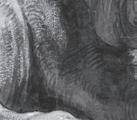


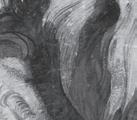



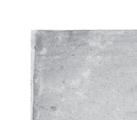
London, The British Museum, Department of Prints and Drawings. Inv. no. Oo,9.35.
date c. 1612
provenance George Knapton (1698–1778), London; bequeathed to General Morrison; sale, London, T. Philipe, June 1, 1807, lot 745; Richard Payne Knight (1750–1824), London (l. 1577); bequeathed to the British Museum, 1824.
copieS (1) Drawing by an anonymous artist. Red chalk and traces of black chalk, gone over with watercolor by a later hand, 263 × 356 mm; inscribed in pen and ink: Opus manu pro: Petri Pauli Rubenii. Vienna, Albertina, inv. no. 8311. Literature: Rooses 1886–92, v, p. 227, no. 1427; Rooses 1896b, pp. 293–94, under no. 1427; Jaffé 1970, p. 31, note 23, p. 19, fig. 22 (attributed to Jordaens); Mitsch 1977a, p. 218, no. 113, ill.; d’Hulst – Vandenven 1989, p. 199, under no. 57i, copy 1.
(2) Drawing by an anonymous artist. Black grease crayon and white chalk on blue paper, 190 × 268 mm; inscribed bottom right in red chalk: I:S. (l. 1527, “non identifiée”). Darmstadt, Hessisches Landesmuseum, inv. no. ae558. Provenance: Unidentified (l. 1527); Marquis de Lagoy
(1764–1829); Emmerich Joseph, Duc de Dalberg (1773–1833). Exhibited: Darmstadt 1977, no. 31. Literature: Jaffé 1970, p. 31, note 23; Schoch 1977, p. 26, no. 31; d’Hulst – Vandenven 1989, p. 199, under no. 57i, copy 2.1
exhibited London 1977, no. 68, ill.; Vienna 2004, no. 46, ill. in color; New York 2005, no. 48, ill. in color.
literature Smith 1829–42, II, p. 329, no. 1243; Hind 1923, p. 36, no. 117, pl. xvII; Glück – Haberditzl 1928, p. 41, no. 98, pl. 98; Held 1959, I, p. 131, under no. 83; Moskovitz 1962, p. 528, no. 528, ill. in color; Jaffé 1970b, p. 13, fig. 11; Tarnove 1976, pl. [50]; Kruyfhooft – Buys 1977, pp. 66–69, ill.; Rowlands 1977, p. 68, no. 68, ill.; M. Winner, in: Mielke – Winner 1977, pp. 41–43, under no. 8; Held 1986, p. 106, under no. 93; d’Hulst – Vandenven 1989, pp. 194–95, no. 57i, fig. 150; A.-M. Logan, in: Schröder – Widauer 2004, pp. 250–59, no. 46, ill. in color; A.-M. Logan, in: Logan – Plomp 2005, pp. 164–69, no. 48, ill. in color.
This is a study for the lion resting in the left foreground of the painting Daniel in the Lions’ Den (Fig. 371a). Like the previous drawing of A Standing Lion (Cat. 270), it most likely was done from nature. As discussed under Cat. 270, we believe that the yellow background and white highlights were added later by an early collector who also might have owned the Lioness in the British Museum (Cat. 269) before the three drawings were separated in the late eighteenth century. In this case, he also added gray-brown wash. It is likely that Rubens created the Standing Lion in Washington and the Resting Lion in the British Museum as pure black chalk drawings, as was his usual practice for preparatory studies.
This study and Cat. 269 and 270 constitute the only surviving drawings for three of the lions in the painting which A.-M. Logan considers to be autograph. There are a number of drawings attributed to Rubens in the literature that are rejected here (see under Cat. 268, note 1 [1–5]). Although generally related to the lions in the painting, none is an exact model. As pointed out in the Metropolitan Museum catalogue (2005), if the Washington painting really was executed entirely by Rubens’s hand, as he claims in his letter to Carleton (see above under Cat. 265), it is possible that for the less prominent lions he may have relied on drawings by Frans Snyders. It should be borne in mind that three of the lion drawings at times attributed to Rubens bear old annotations ascribing them to Frans Snyders (Cat. 268, note 1, [1], [2], [4]).
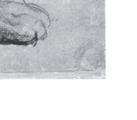





1 A third drawing, sometimes listed as a copy after several drawings, is a sheet with Ten Lions and a Dog in the Albertina, inv. no. 8312. Seven of the lions are in Daniel in the Lions’ Den; the remaining lions appear in other Rubens paintings. These studies are copied after paintings and not drawings: Mitsch
1977a, pp. 216–17, no. 112, ill. There exist other such studies done after the Washington painting rather than drawings, see, e.g., Held 1986, p. 106, under no. 93.

















Drawings of Peter Paul Rubens
A Critical Catalogue Volume Two | 1609–1620
Anne-Marie Logan and Kristin Lohse Belkin
DRAWINGS FOR THE VITA BEATI P. IGNATII LOIOLAE , ROME, 1609


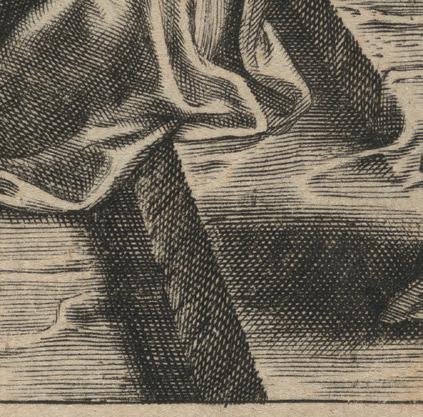




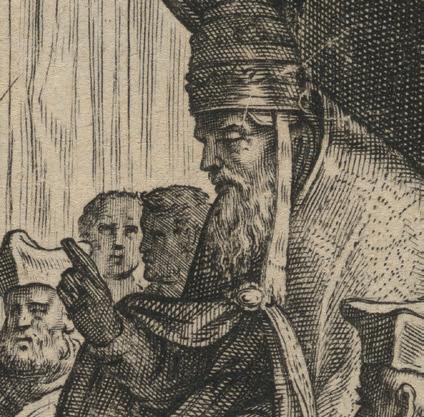











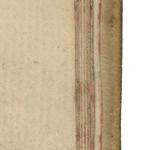






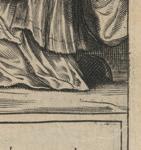




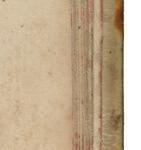
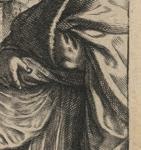
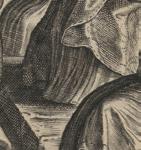
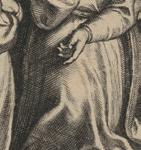
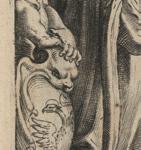











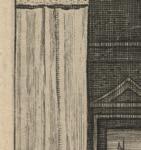
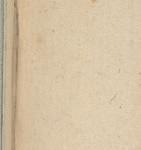

















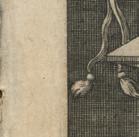






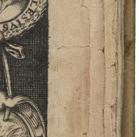



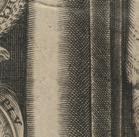

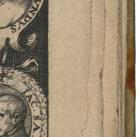
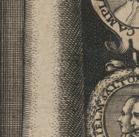


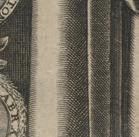

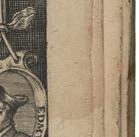

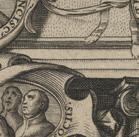



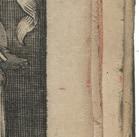


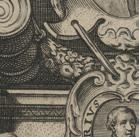



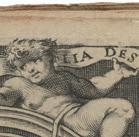

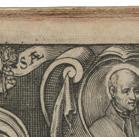
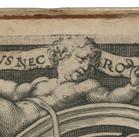

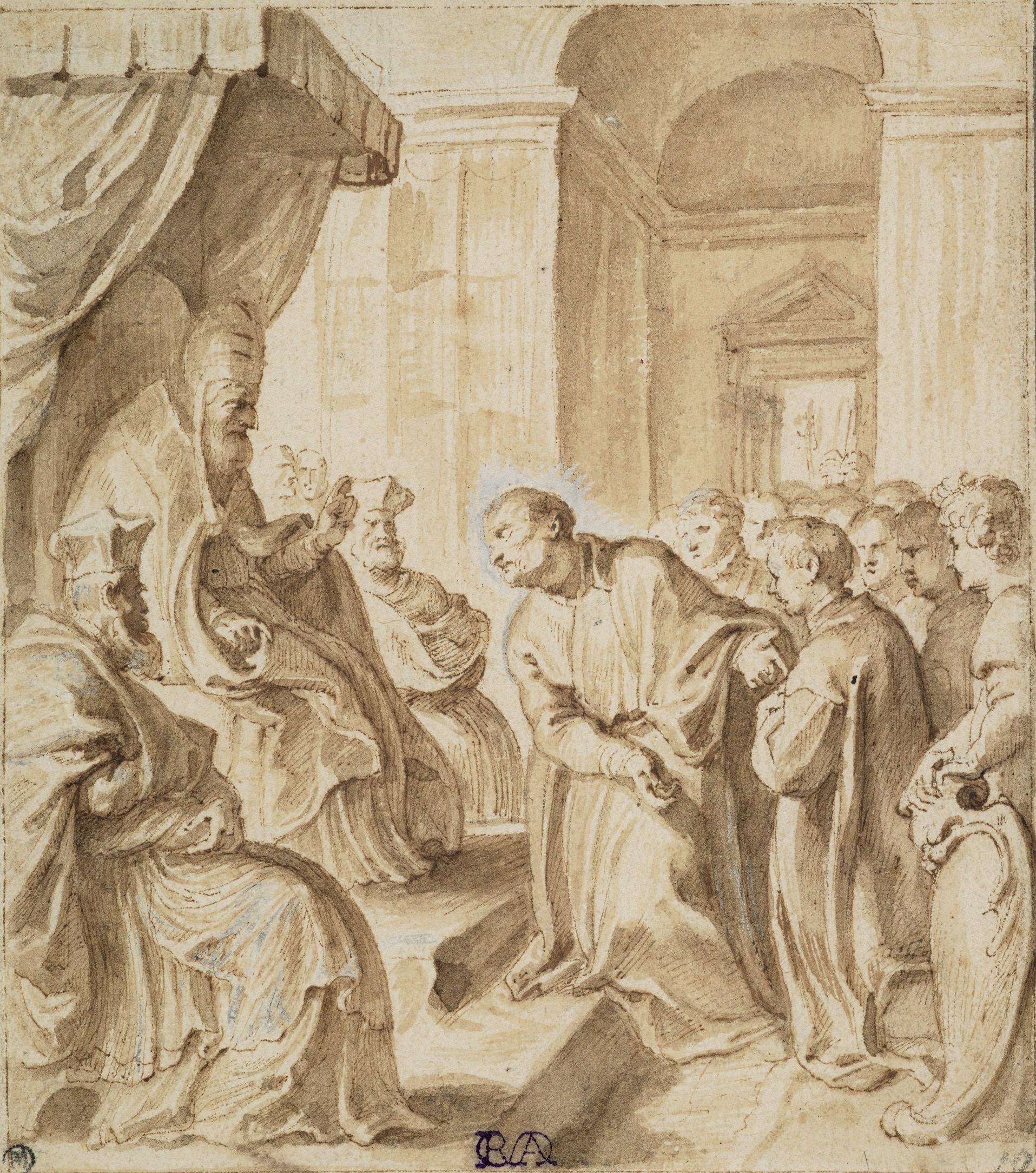
DRAWINGS FOR THE VITA BEATI P. IGNATII LOIOLAE , ROME, 1609




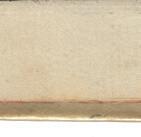


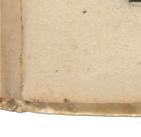





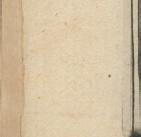

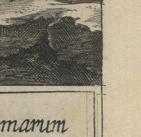





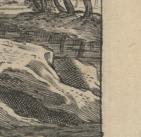
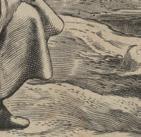











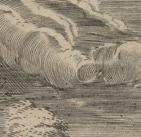
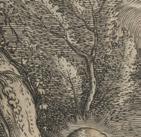








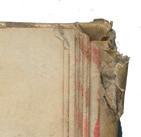







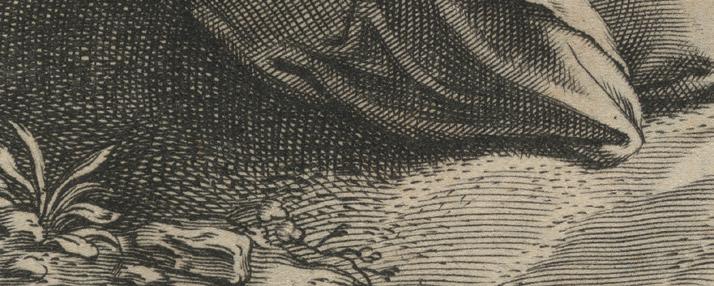
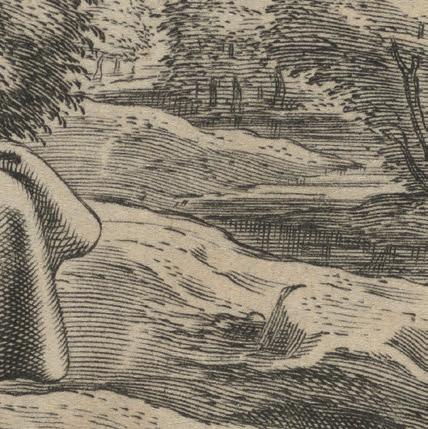

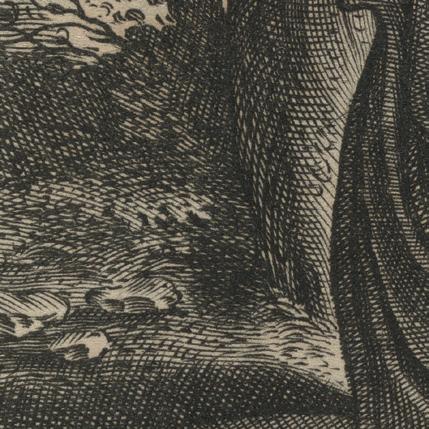
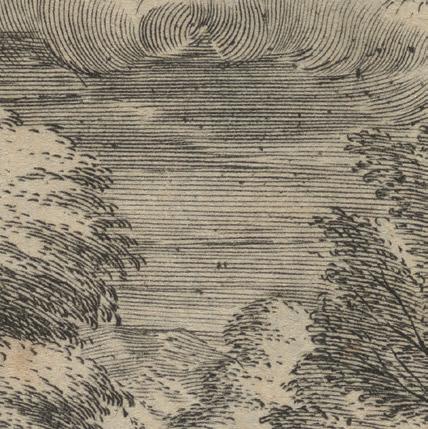


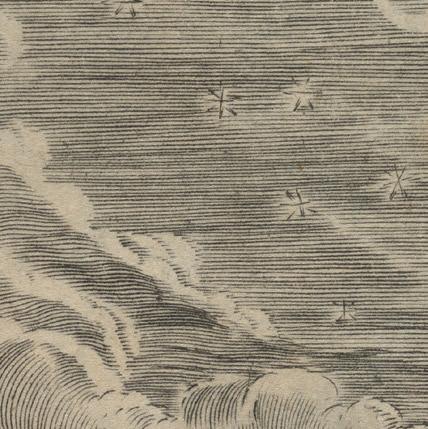


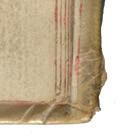
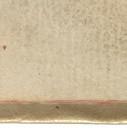
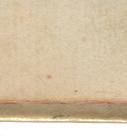





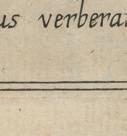





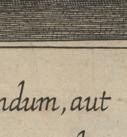








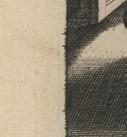
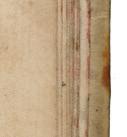


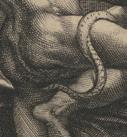


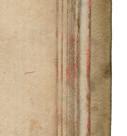
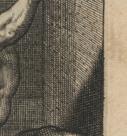







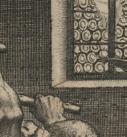



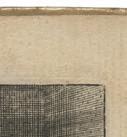
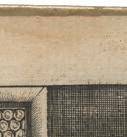



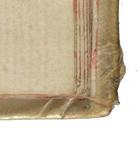









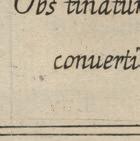


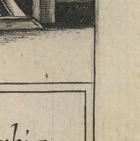




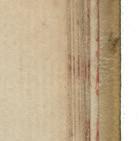
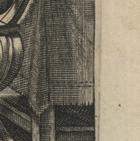

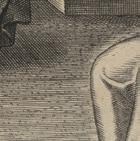



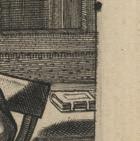
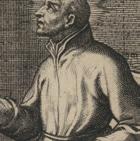










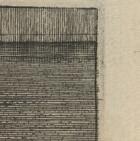






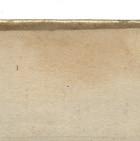


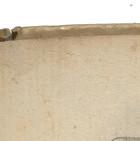 ■ Fig. 264 Jean-Baptiste Barbé after Rubens, St. Ignatius Attacked by Demons, engraving [ 208 copy ].
■ Fig. 265a Jean-Baptiste Barbé after Rubens, St. Ignatius Contemplating the Heavens, engraving [ 209 copy ]
■ Fig. 263a Jean-Baptiste Barbé after Rubens, The Conversion of Isaac the Jew, printer’s proof corrected by Rubens. Paris, Bibliothèque nationale de France.
■ Fig. 263 Jean-Baptiste Barbé after Rubens, The Conversion of Isaac the Jew, engraving [ 207 copy ].
■ Fig. 264 Jean-Baptiste Barbé after Rubens, St. Ignatius Attacked by Demons, engraving [ 208 copy ].
■ Fig. 265a Jean-Baptiste Barbé after Rubens, St. Ignatius Contemplating the Heavens, engraving [ 209 copy ]
■ Fig. 263a Jean-Baptiste Barbé after Rubens, The Conversion of Isaac the Jew, printer’s proof corrected by Rubens. Paris, Bibliothèque nationale de France.
■ Fig. 263 Jean-Baptiste Barbé after Rubens, The Conversion of Isaac the Jew, engraving [ 207 copy ].


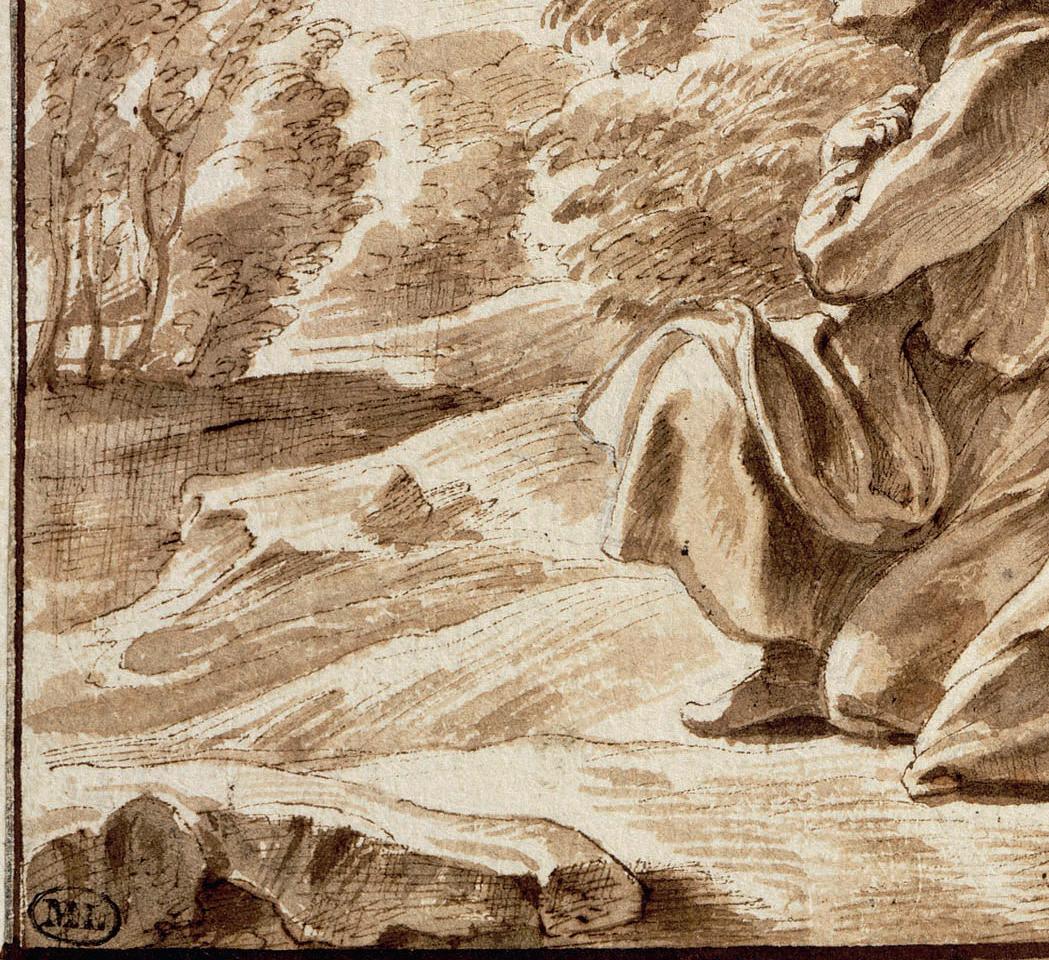

DRAWINGS FOR THE VITA BEATI P. IGNATII LOIOLAE , ROME, 1609
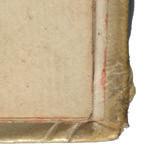




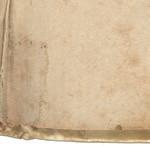





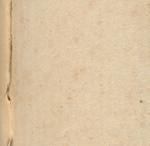



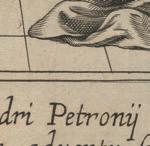






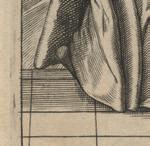


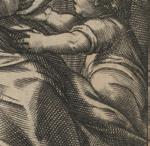







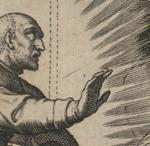

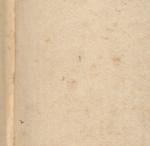
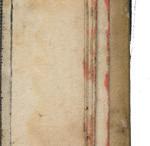



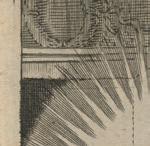
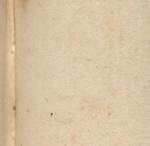
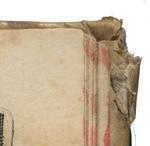



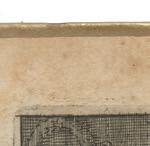



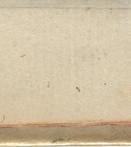


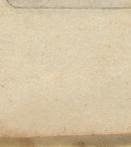




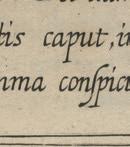
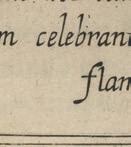
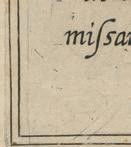
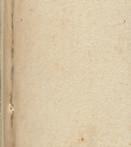











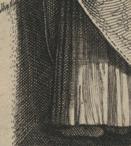
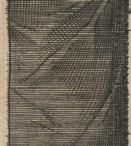







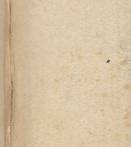



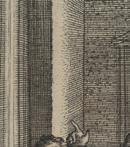
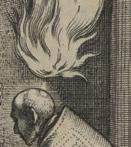

















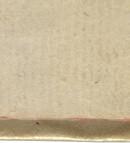


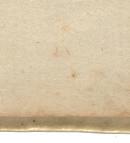


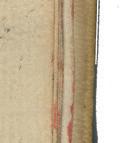













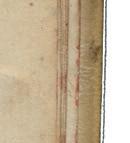





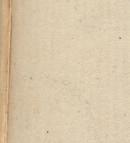
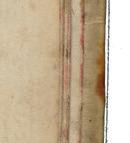
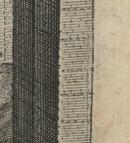

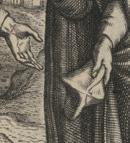








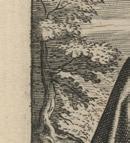
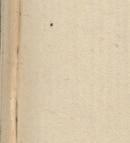


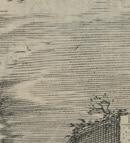




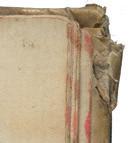



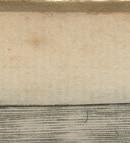

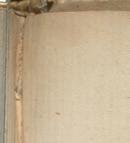 ■ Fig. 266 Jean-Baptiste Barbé after Rubens, Flames Appearing Above St. Ignatius During Mass, engraving [ 210 copy ]
■ Fig. 268 Jean-Baptiste Barbé after Rubens, The Miraculous Cure of Alexander Petronius, engraving [ 212 copy ]
■ Fig. 267 Jean-Baptiste Barbé after Rubens, The Meeting of St. Ignatius and St. Filippo Neri, engraving [ 211 copy ]
■ Fig. 266 Jean-Baptiste Barbé after Rubens, Flames Appearing Above St. Ignatius During Mass, engraving [ 210 copy ]
■ Fig. 268 Jean-Baptiste Barbé after Rubens, The Miraculous Cure of Alexander Petronius, engraving [ 212 copy ]
■ Fig. 267 Jean-Baptiste Barbé after Rubens, The Meeting of St. Ignatius and St. Filippo Neri, engraving [ 211 copy ]








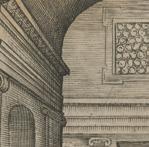


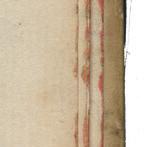







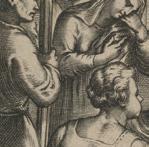
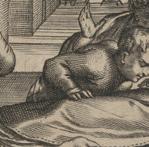
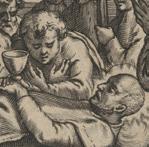

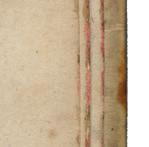

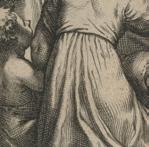

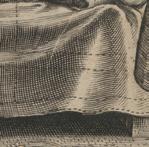



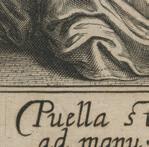






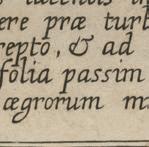





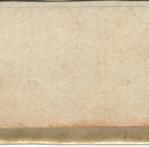









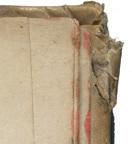

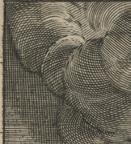


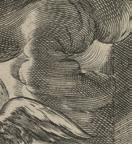











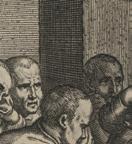


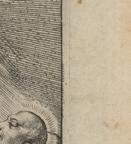







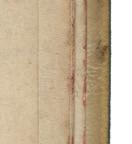








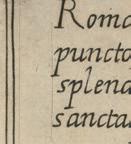
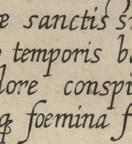





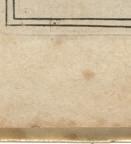
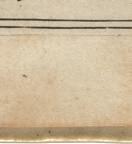



 ■ Fig. 270 Jean-Baptiste Barbé after Rubens, The Healing of a Girl at St. Ignatius’s Bier, engraving [ 214 copy ]
■ Fig. 270 Jean-Baptiste Barbé after Rubens, The Healing of a Girl at St. Ignatius’s Bier, engraving [ 214 copy ]




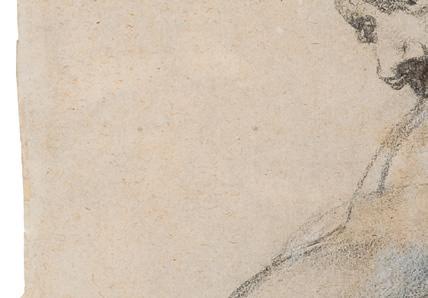






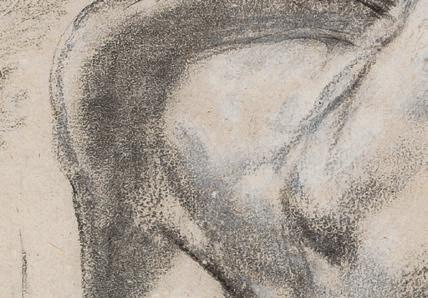





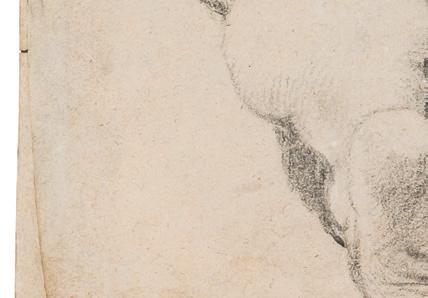




 ■ Fig. 271 Rubens, Kneeling Male Nude Seen from Behind, Setting Down a Heavy Load [ 215 ]. Rotterdam, Museum Boijmans Van Beuningen.
■ Fig. 271 Rubens, Kneeling Male Nude Seen from Behind, Setting Down a Heavy Load [ 215 ]. Rotterdam, Museum Boijmans Van Beuningen.

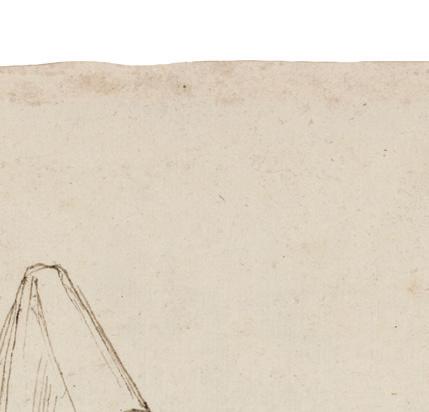

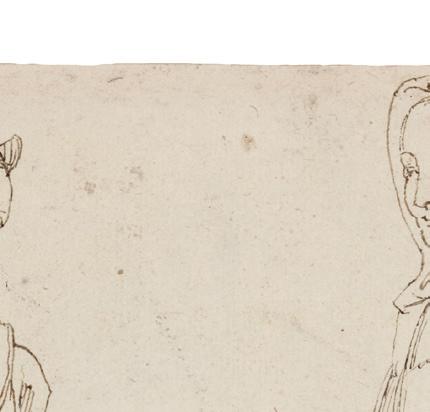




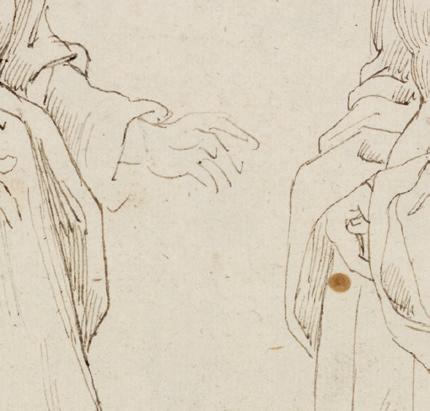





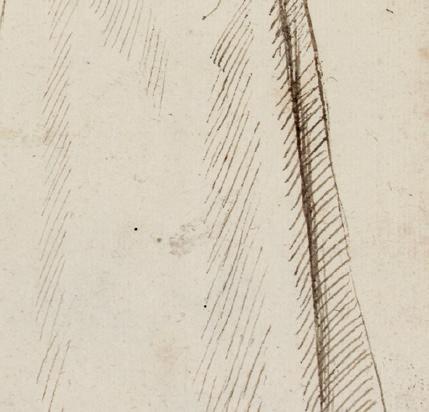







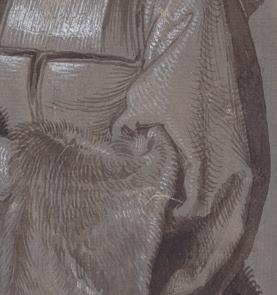

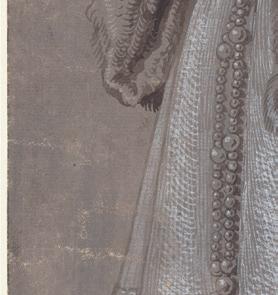



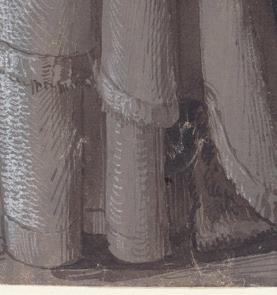
 ■ Fig. 297 Rubens, Three Full-Length Figures of Women, One Seated, Two Standing [ 220, Folio 20 ]. London, The British Museum, Department of Prints and Drawings.
■ Fig. 297 Rubens, Three Full-Length Figures of Women, One Seated, Two Standing [ 220, Folio 20 ]. London, The British Museum, Department of Prints and Drawings.


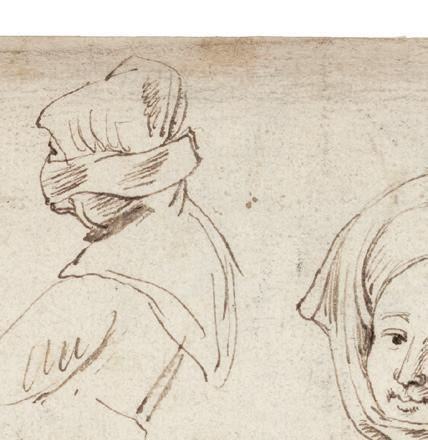

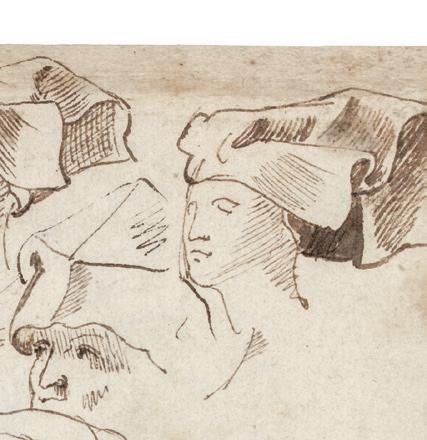







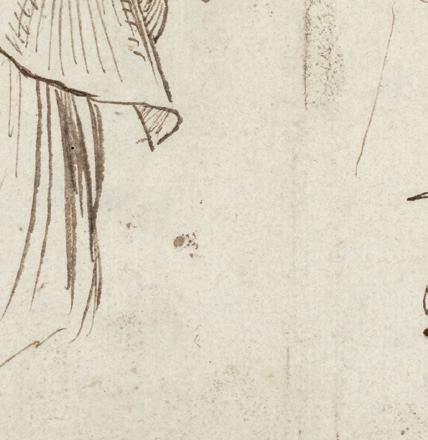




 ■ Fig. 298 Rubens, Twelve Studies of Women’s Headdresses; Two Men in Armor [ 220, Folio 21 ]. London, The British Museum, Department of Prints and Drawings.
Fig. 298a Hans Burgkmair, Two Knights in a Duel, woodcut.
■ Fig. 298 Rubens, Twelve Studies of Women’s Headdresses; Two Men in Armor [ 220, Folio 21 ]. London, The British Museum, Department of Prints and Drawings.
Fig. 298a Hans Burgkmair, Two Knights in a Duel, woodcut.





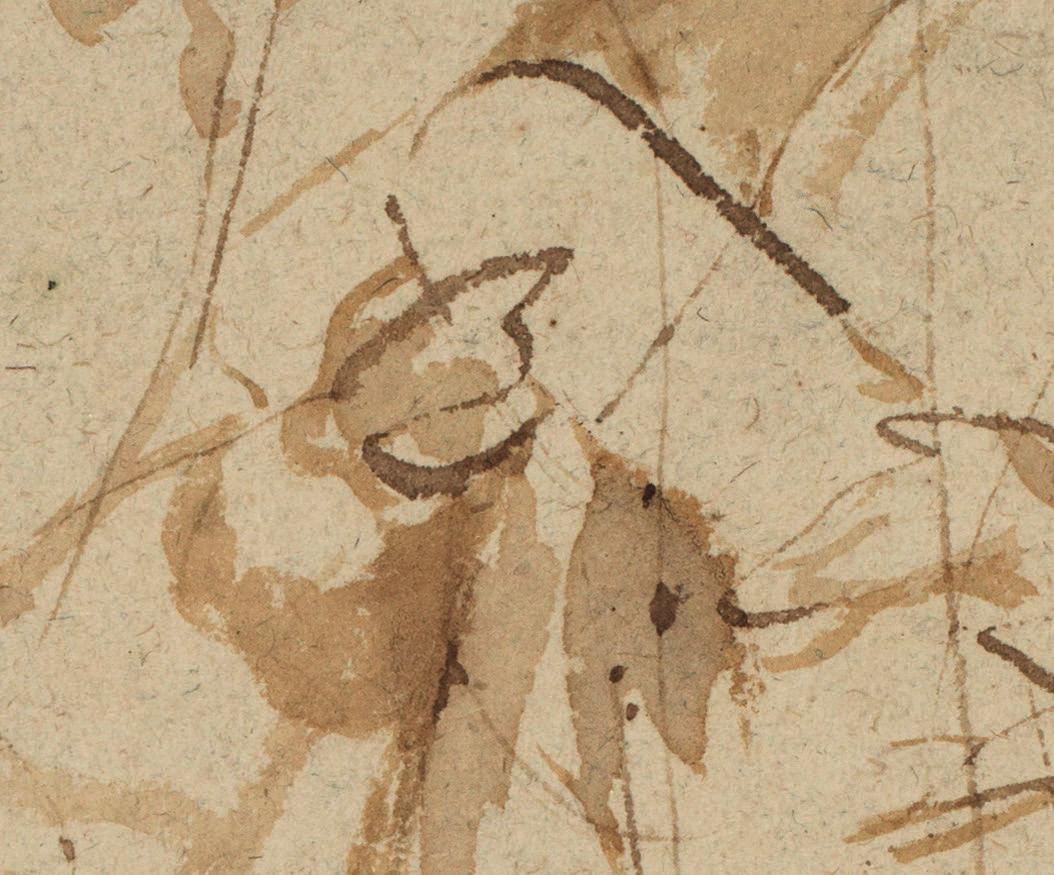









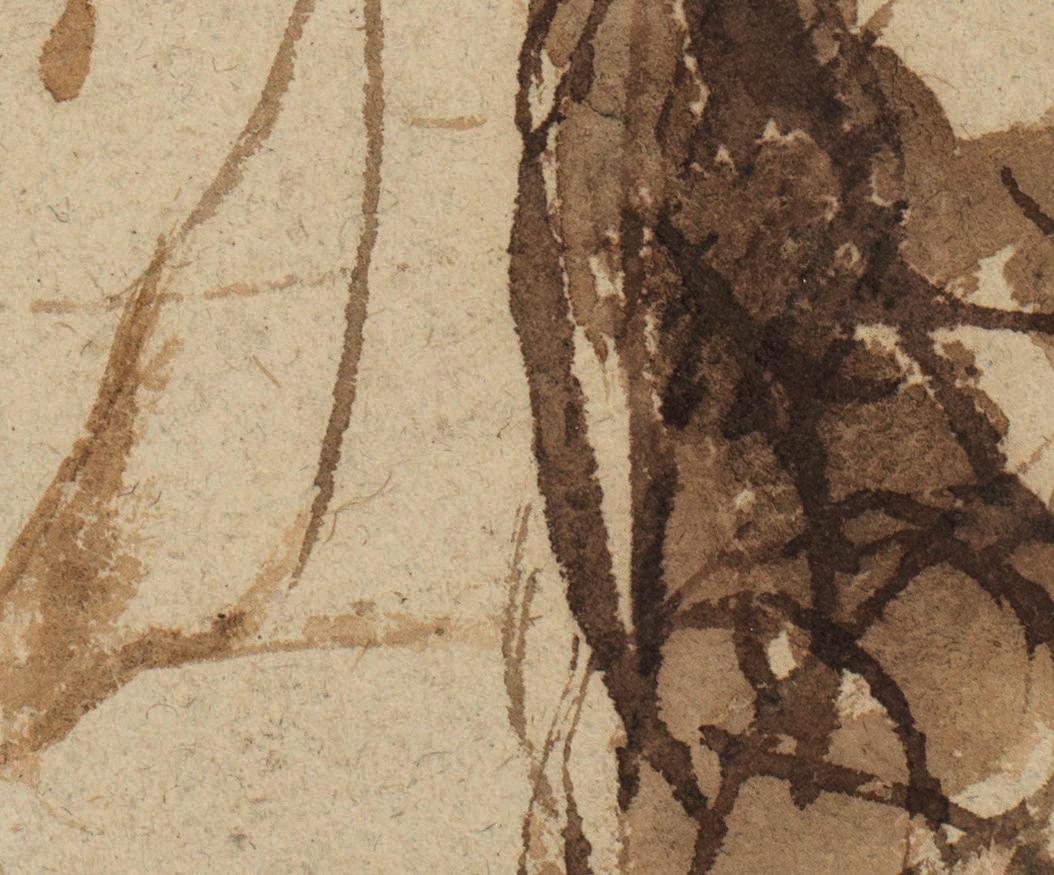
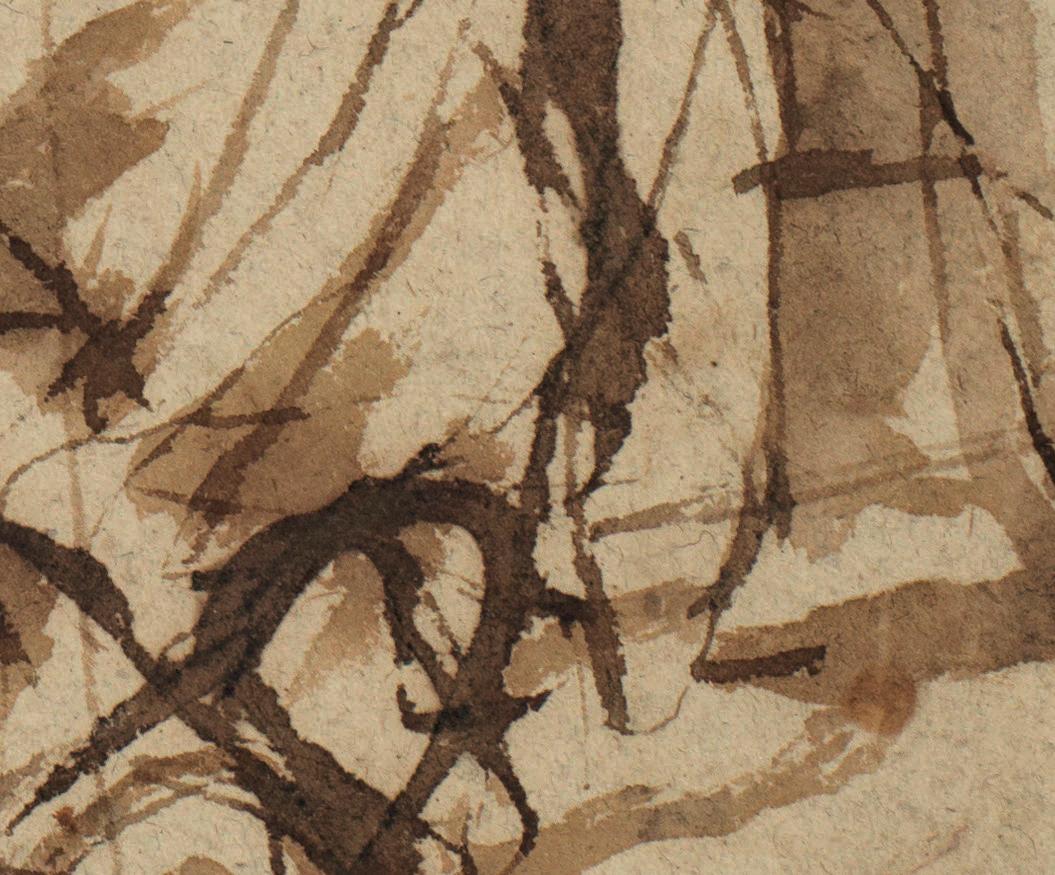
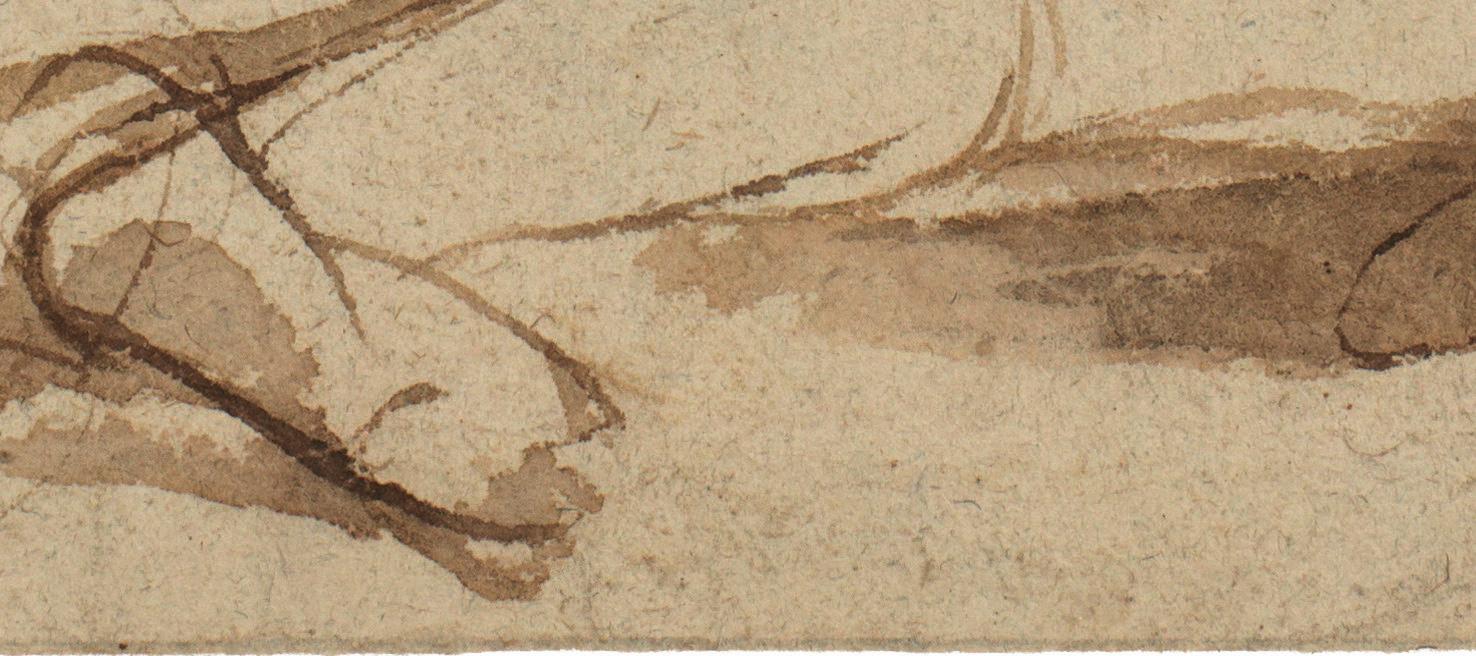
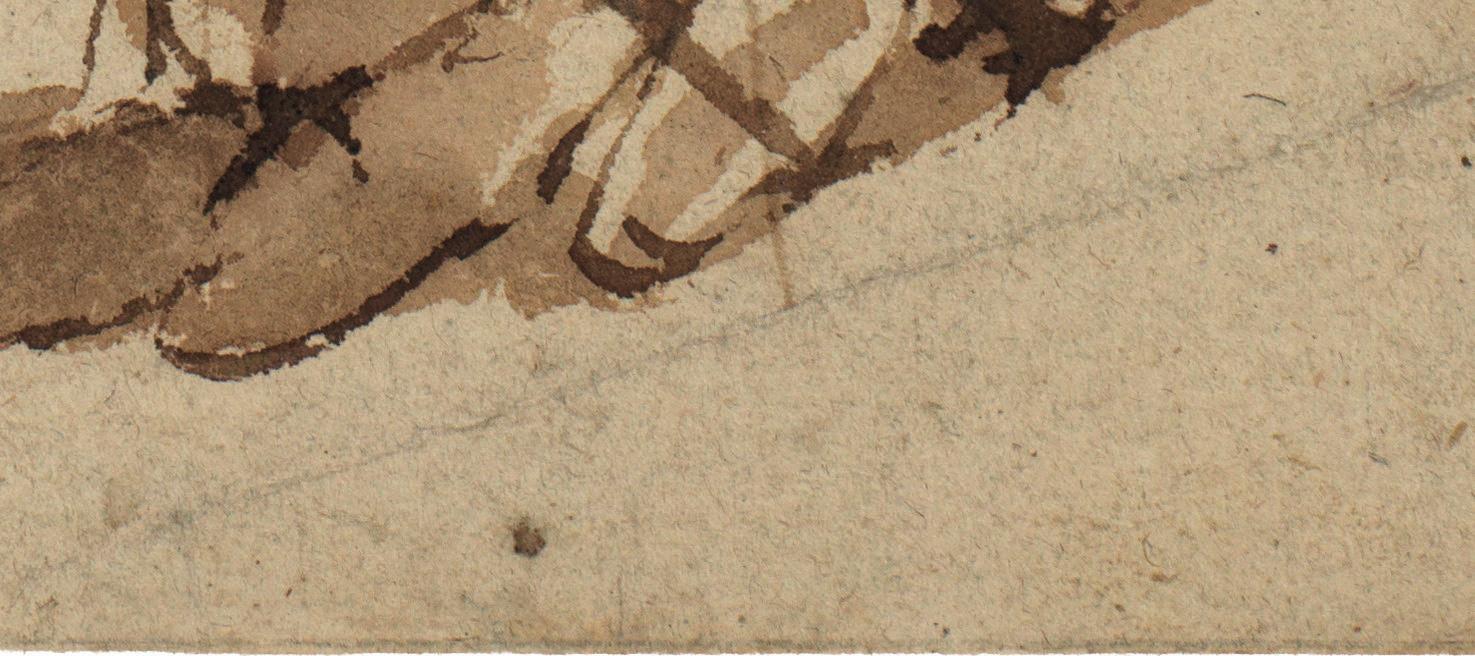



 ■ Fig. 362 Jacob de Bie after Rubens, Frontispiece in: Jacob de Bie and Johannes Hemelaers, Imperatorum Romanorum Numismata Aurea, engraving [ 259 copy ]
Fig. 362a Juno, marble. Rome, Musei Capitolini.
■ Fig. 362 Jacob de Bie after Rubens, Frontispiece in: Jacob de Bie and Johannes Hemelaers, Imperatorum Romanorum Numismata Aurea, engraving [ 259 copy ]
Fig. 362a Juno, marble. Rome, Musei Capitolini.













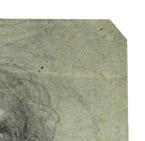








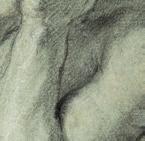
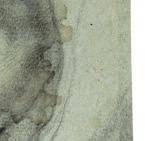


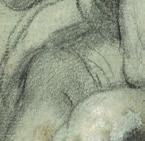


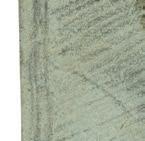




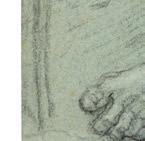



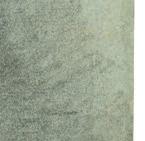





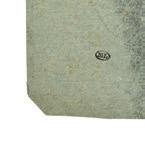
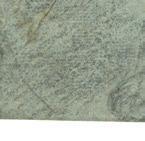


 Fig. 371a Rubens, Daniel in the Lions’ Den, painting. Washington, DC, National Gallery of Art.
Fig. 371b Jan Brueghel the Elder, The Garden of Eden, painting. Rome, Galleria Doria Pamphilij.
Fig. 371a Rubens, Daniel in the Lions’ Den, painting. Washington, DC, National Gallery of Art.
Fig. 371b Jan Brueghel the Elder, The Garden of Eden, painting. Rome, Galleria Doria Pamphilij.